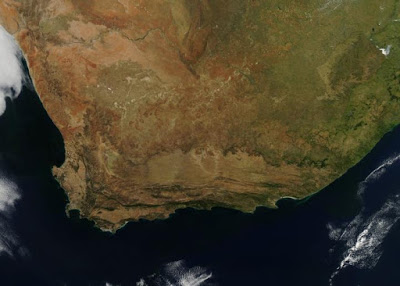
Earth’s biosphere witnessed its greatest ecological catastrophe in the latest Permian, dated to about 251.9 million years ago. The current model for biodiversity collapse states that both marine and terrestrial animals were impacted simultaneously, as a consequence of global climate change.
On land, South African vertebrate fossils, and the stratigraphic record in which they are preserved, are reported to document the extinction and recovery associated with the crisis. The pattern — reported as the end of the Dicynodon biozone and beginning of the Lystrosaurus biozones — has been extrapolated to other continents and hemispheres and used to recognize the boundary event globally.
Yet, to date, there has been no age constraint placed near the turnover in vertebrate fossils in this, or any, area. In this new study for Geology, Robert Gastaldo and colleagues present new multidisciplinary data from the Karoo Basin and call into question our current understanding of the terrestrial response to the End Permian Mass Extinction. Paleoecological evidence does not support the reported coincidence of climate aridification, floral collapse, and tetrapod turnover. Similarly, magnetostratigraphic and geochronometric data, when conservatively interpreted, indicate that the turnover between the biozones occurred in the early Changhsingian, more than 1.6 million years beforehand, and was not coeval with the marine mass extinction event.
Reference:
Is the vertebrate-defined Permian-Triassic boundary in the Karoo Basin, South Africa, the terrestrial expression of the end-Permian marine event?
Robert A. Gastaldo et al., Dept. of Geology, Colby College, Waterville, Maine 04901, USA This article is OPEN-ACCESS online; DOI: 10.1130/G37040.1
Note: The above post is reprinted from materials provided by Geological Society of America.










